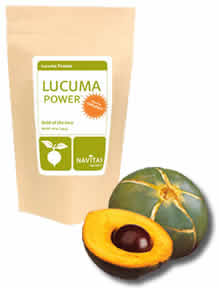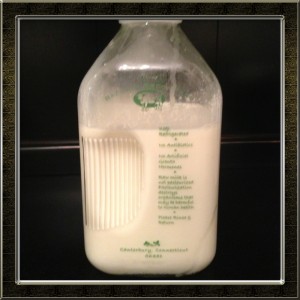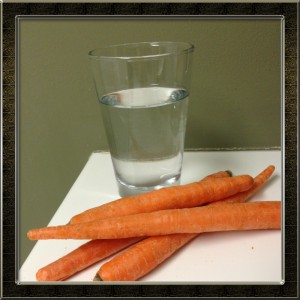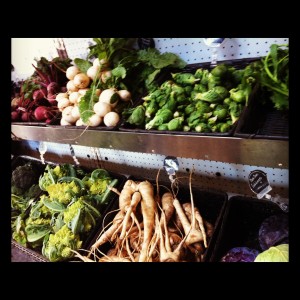Growing up, I remember sitting at the kitchen table and staring at a plate of goulash, trying to mentally will it to go away….but my mother telling me I couldn’t leave the table without cleaning my plate because there were some children who didn’t have food. Ugh. I remember thinking, they wouldn’t want the goulash! But, when there were foods that I liked, I was in the “Clean Plate Club” in no time flat (I am a ridiculously fast eater for some reason.) But despite us not wanting to waste food, this may be a bad thing to teach children; it can cause some bad habits later on.
How can it be bad?
A few studies have been done recently to look at how often parents these days are actually pushing this “clean plate club” idea on kids, and the journal Adolescent found that 2/3rds of parents actually still push this idea on their adolescent and teenage children. When you encourage your children to eat based on how much you offer them, and teach them to eat ALL of the food, they learn to eat what is in front of them, and not to eat based on what their body is feeling and needing, or on satiety. As portions seem to get bigger and bigger, and children are just eating what’s given to them, they are consuming more and more fat and calories than necessary. They will consume more than their bodies need, and tend to gain weight over time. While they are growing quickly and hormones are changing, it doesn’t always take effect immediately, but it will lead to bad habits as an adult too. Also, the study (which looked at around 2200 children and 3500 parents) found that parents of overweight children, despite encouraging the clean plate club earlier on in life, started encouraging less food consumption (possibly under eat), while children that were skinnier were still being encouraged to eat large amounts (possibly overeat). The Center for Disease Control has found that in the past 3 decades, childhood obesity has increased by 2 fold and adolescent obesity has tripled, and in 2010 alone 1/3 of all children were noted as obese.
 It is really important to teach portion sizes, but also healthy eating, and proper eating: fill your house with healthy foods and snacks, let them make the right choices. If they choose to fill up on carrot sticks (even with peanut butter), great, it’s much better than potato chips! They can learn when they feel full on their own without parents hovering; sometimes pressuring them to eat more or less makes the situation worse, they can learn to eat on their own. When they are growing, they will eat more because their bodies need the nutrition, and when it slows, so will their intake. As parents, we need to supply the healthy foods for them to eat, and to teach them to make the right choices.
It is really important to teach portion sizes, but also healthy eating, and proper eating: fill your house with healthy foods and snacks, let them make the right choices. If they choose to fill up on carrot sticks (even with peanut butter), great, it’s much better than potato chips! They can learn when they feel full on their own without parents hovering; sometimes pressuring them to eat more or less makes the situation worse, they can learn to eat on their own. When they are growing, they will eat more because their bodies need the nutrition, and when it slows, so will their intake. As parents, we need to supply the healthy foods for them to eat, and to teach them to make the right choices.
So don’t push that clean plate club! Just push the healthy foods. And sometimes having your child talk to their Healthcare Practitioner (HCP) or a nutritionist can help them to learn better food choices, if they are making poor choices on their own, and so they can also learn the long-term implications of poor eating habits. Regulate what they eat by making healthy food available, not by forcing, and you will have a better chance of them learning to eat healthy!
Yours in Good Health
B









